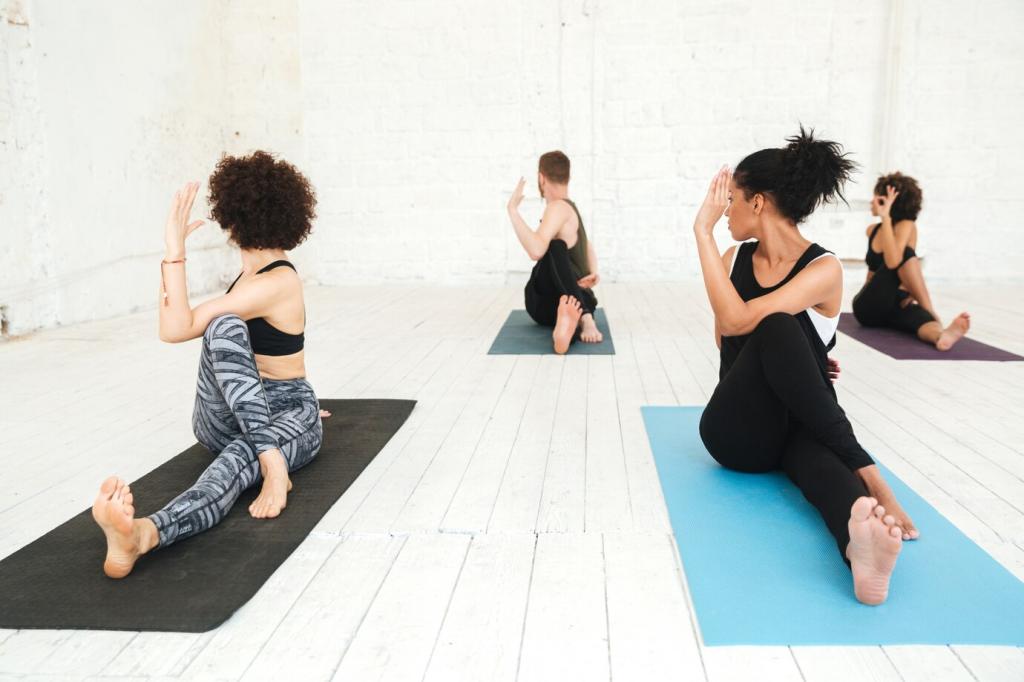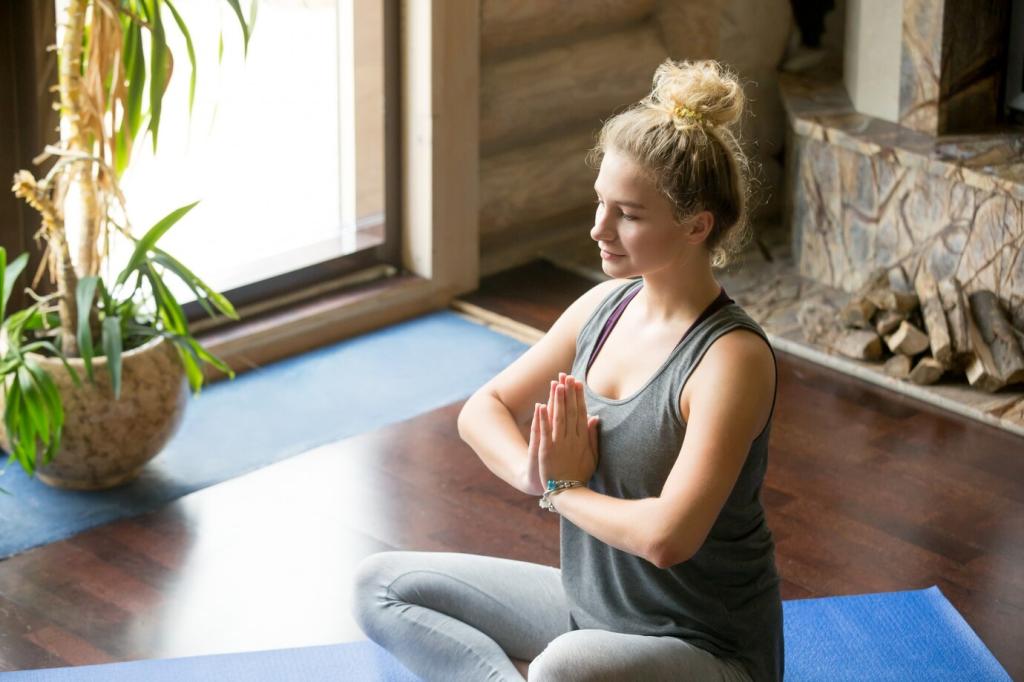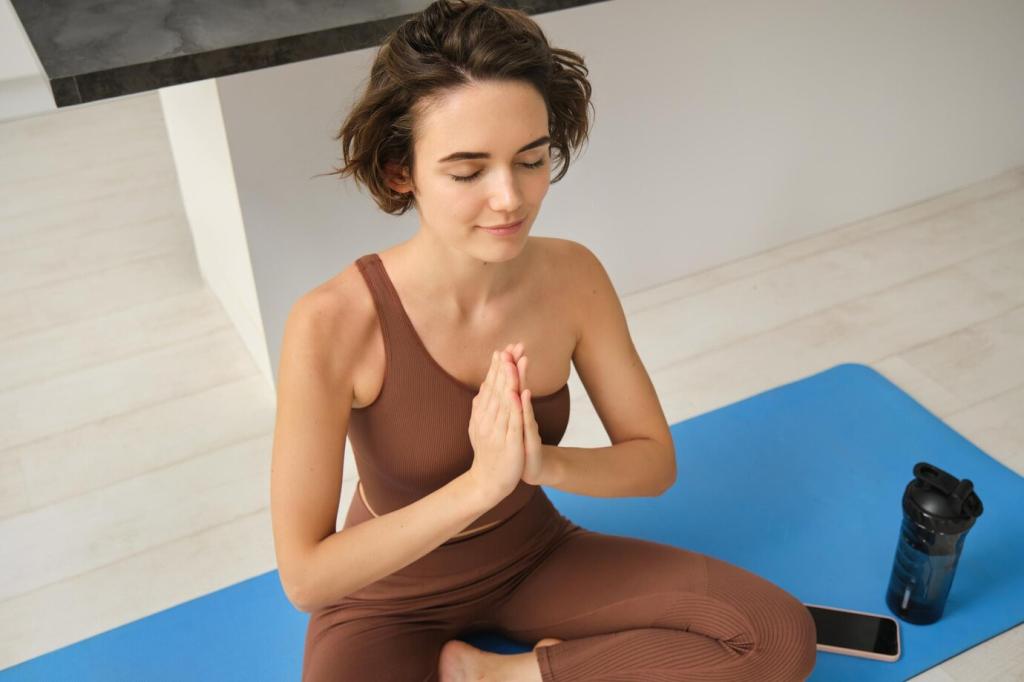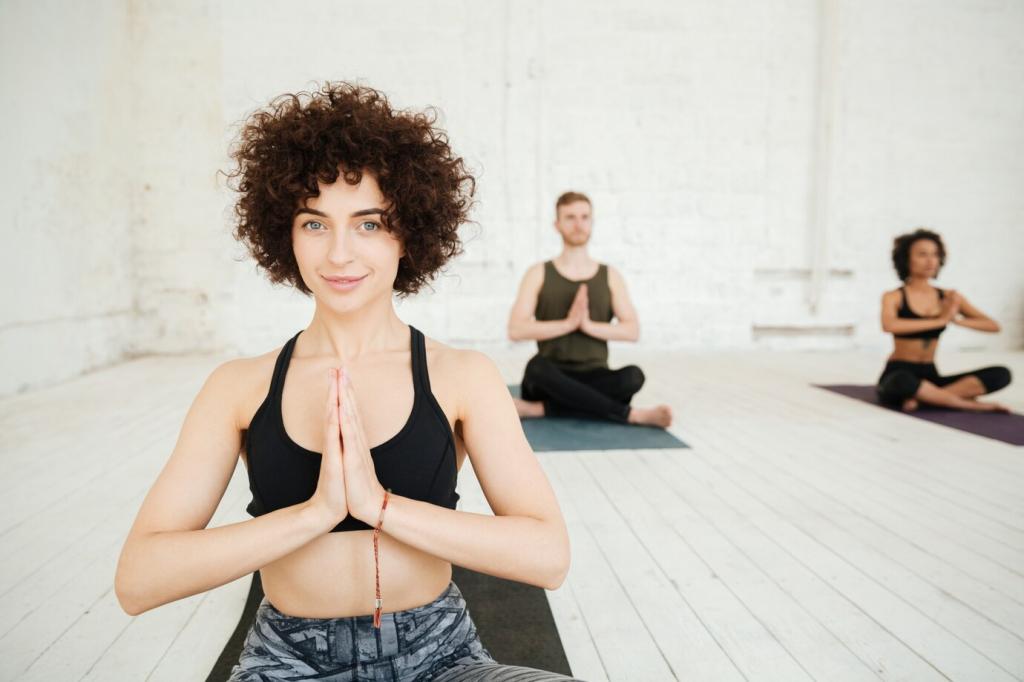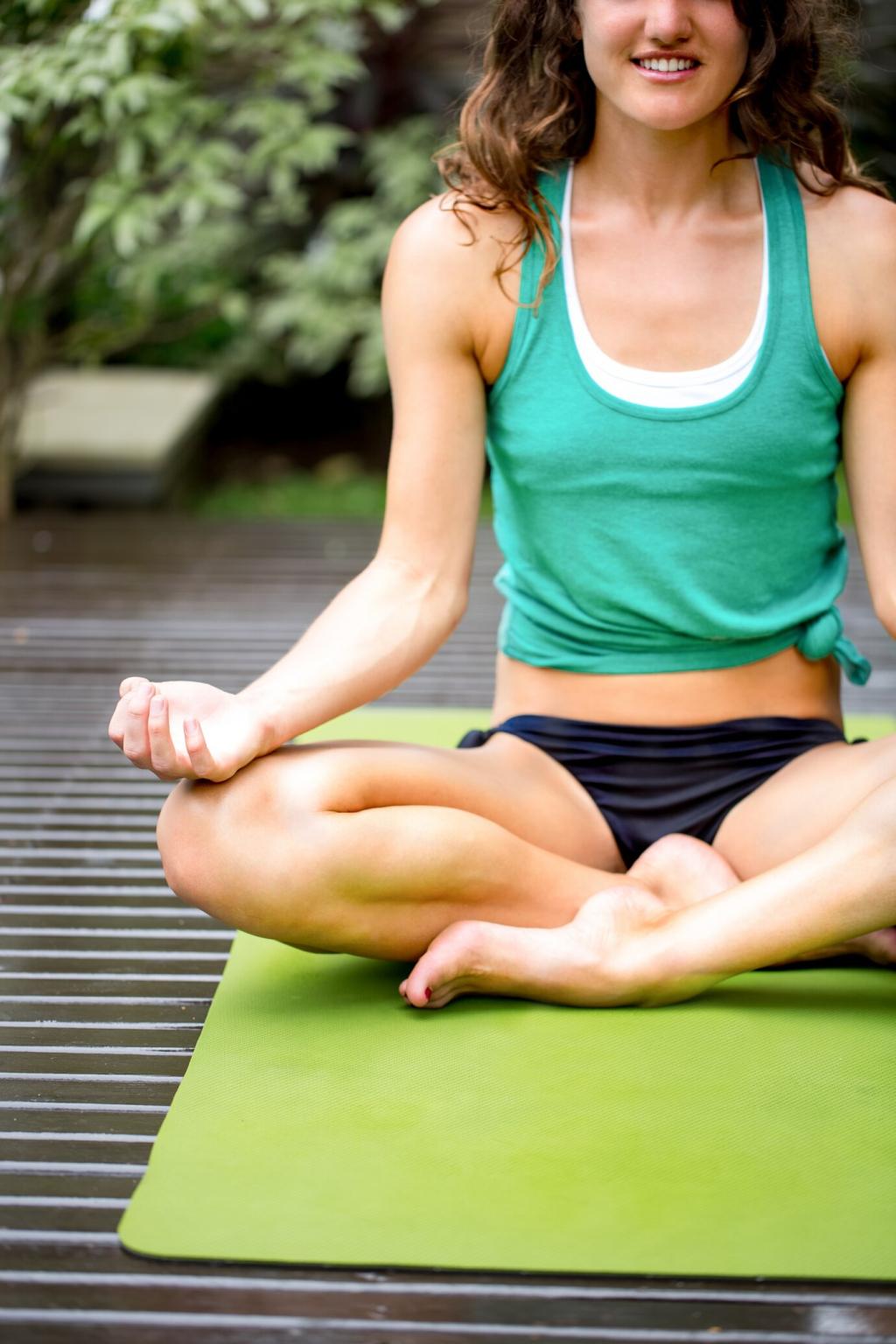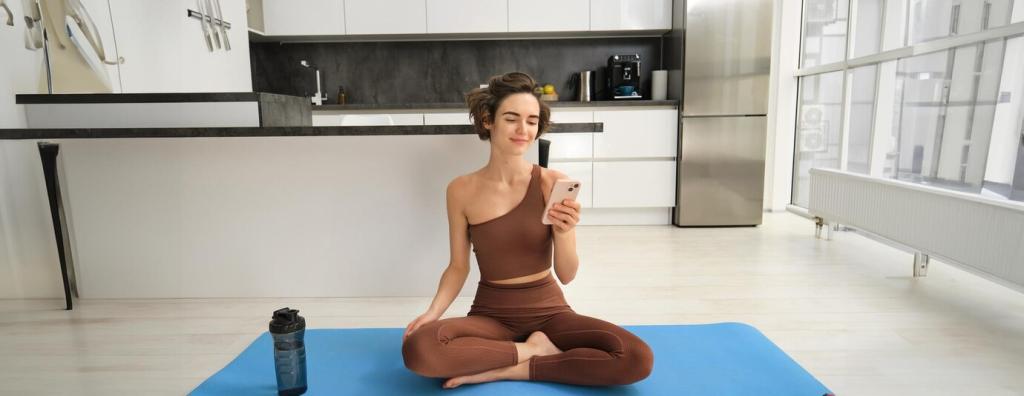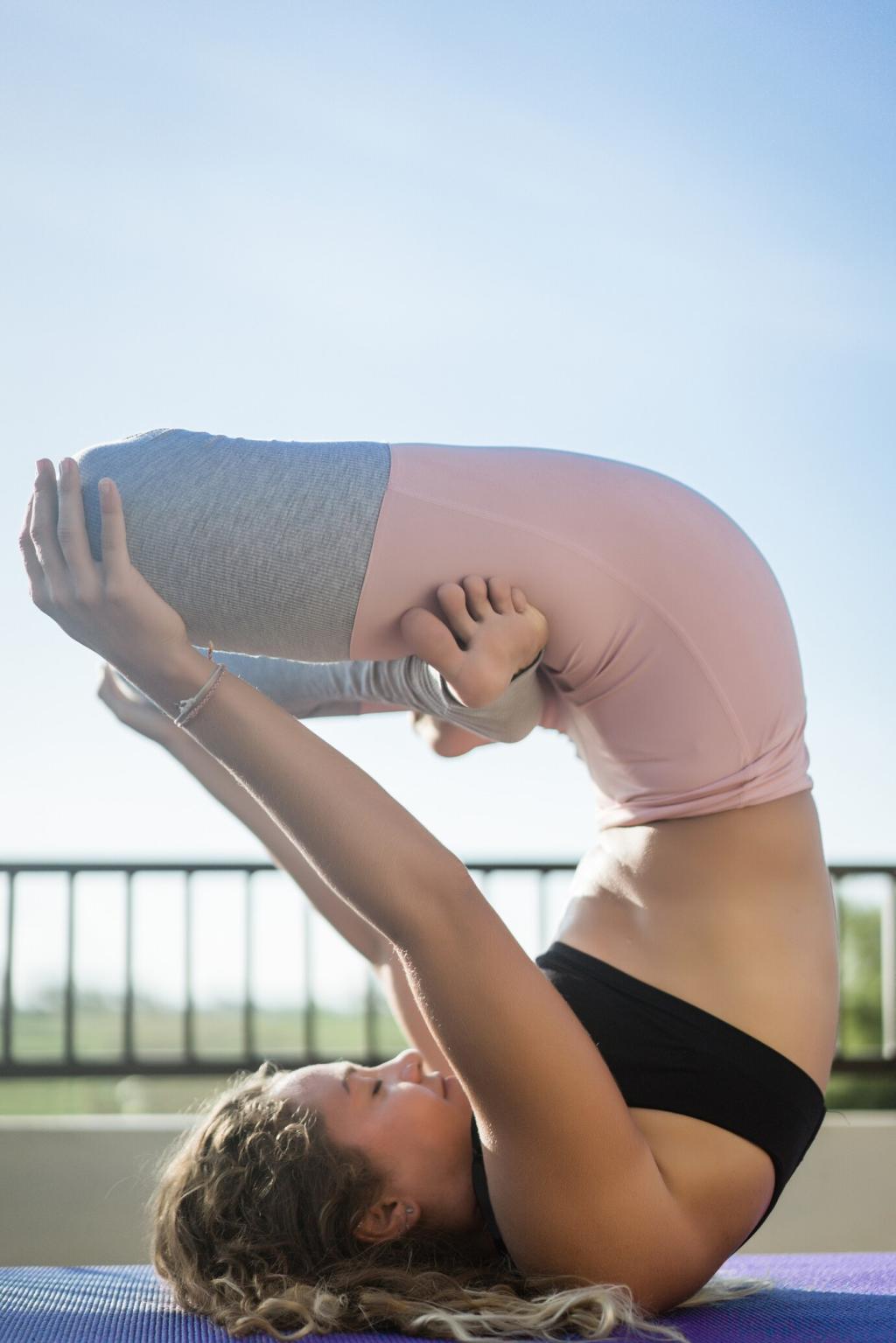Mobility Meets Strength: End-Range Power
From low lunge, engage the back-side glute, tuck slightly, and shift forward until you feel hip flexor tension. Add a light block press and slow breath holds. You’ll gain end-range strength that transfers cleanly to sprint mechanics and stride stability.
Mobility Meets Strength: End-Range Power
Take five counts lowering from Chair to a half squat, then five more into a deep seat. Pause, breathe, and rise for five. Eccentrics build braking power and knee confidence crucial for downhill running, stop–start sport, and heavy strength movements.

